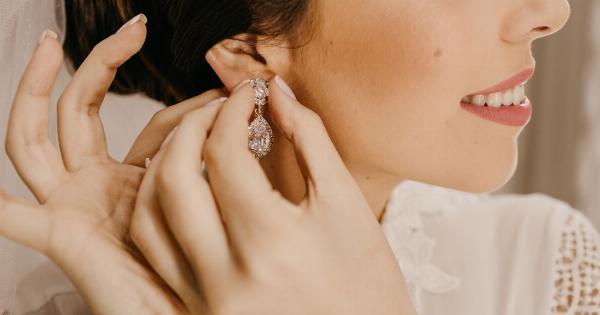When it comes to attraction between genders, there are various factors that come into play. One intriguing aspect of this dynamic is the relationship between female curves and the male brain.
Throughout history, society has often celebrated the hourglass figure and emphasized its appeal. However, the connection between these curves and male attraction goes beyond mere societal influence.
In this article, we will dig deeper into the scientific research surrounding this topic and explore the fascinating link between female curves and the male brain.
The Hourglass Figure: Evolutionary Attraction
One of the reasons why female curves have been considered attractive across different cultures and time periods is rooted in evolution.
Studies have shown that an hourglass figure, characterized by a narrow waist and wide hips, is an indication of fertility and good health. From an evolutionary standpoint, men are subconsciously drawn to women who exhibit these physical traits as they signal the ability to bear healthy offspring.
Neurological Responses to Curves
Further research has revealed that the male brain responds differently when presented with images of women with curves compared to those without.
Brain imaging studies have shown increased activity in the reward centers of the brain, such as the nucleus accumbens and the caudate nucleus, when men are shown images of curvier women. This suggests that curves trigger a pleasurable neurobiological response in the male brain.
Psychological Perception of Curves
Aside from the evolutionary and neurological aspects, the psychological perception of curves also plays a role in male attraction. Many studies have found that men perceive women with curves to be more confident, approachable, and sexually desirable.
This perception extends to various cultures, indicating that it is not solely influenced by societal constructs but rather has deep-rooted psychological underpinnings.
Socio-Cultural Factors: Media Influence
While the innate attraction to curves exists, it is important to acknowledge the role of socio-cultural factors, particularly media influence, in shaping perceptions of attractiveness.
The media often portrays an idealized version of the hourglass figure that may not be attainable for most women. This can lead to body image issues and unrealistic beauty standards. However, it is crucial to distinguish between the influence of media and the inherent attractiveness of curves as supported by scientific research.
Individual Variations in Preferences
It is essential to note that while the majority of studies highlight the male preference for curves, there are individual variations in attraction.
Each person’s unique experiences, cultural background, and personal preferences contribute to their perception of attractiveness. Some men may be more drawn to other body types or prioritize non-physical traits when it comes to attraction. Understanding and acknowledging these variations is crucial in promoting inclusivity and body positivity.
Health Implications
Beyond the realm of attraction, the relationship between female curves and health cannot be ignored.
While curves can be appealing from an aesthetic standpoint, it is important to highlight that everyone’s body is different and beauty exists in various forms. Moreover, a focus on overall health, well-being, and body positivity should be promoted over solely adhering to a specific body shape or size.
Conclusion
The relationship between female curves and the male brain is an intriguing topic that encompasses various scientific, evolutionary, neurological, and psychological aspects.
While curves have historically been considered attractive from an evolutionary perspective, the influence of media and individual preferences must also be considered. It is crucial to promote body positivity, inclusivity, and a focus on overall health rather than rigid beauty standards. By understanding and appreciating the multidimensional nature of attraction, we can foster a more accepting and inclusive society.






























